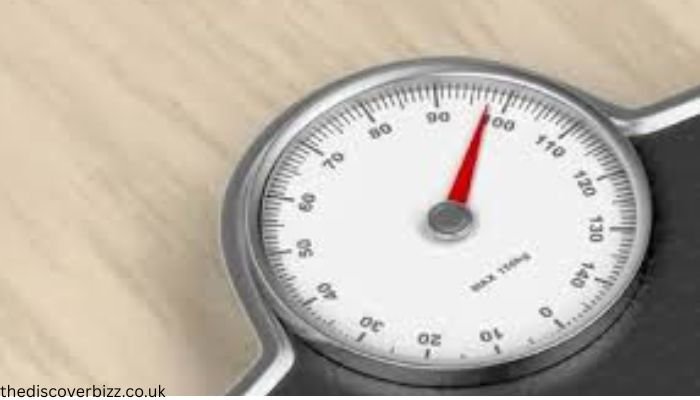Kalibraatio: The Crucial Manual for Calibration in Contemporary Industry
Kalibraatio, a Finnish term meaning calibration, is a process of adjusting and verifying the accuracy of measuring instruments by comparing them to a known standard. It ensures precise, reliable, and consistent measurements across various environments, devices, and periods. Minor measurement errors can have significant consequences, such as incorrect readings in medical devices or inefficient machinery operation due to miscalibrated sensors.
The Significance of Kalibraatio in the Recent World
Kalibraatio is a crucial component in today’s rapidly evolving society, ensuring safety, compliance, and performance in various sectors. It is not just about meeting specifications; it is about upholding public trust, adhering to regulatory standards, and guaranteeing safety in systems where precision matters most.
Miscalibrated instruments can lead to dangerous misdiagnosis in healthcare, food safety issues in the food industry, and costly recalls in manufacturing. Maintaining properly calibrated instruments ensures consistent and compliant output, while scientific research relies on kalibraatio for valid and reproducible results.
The advantages of Kalibraatio
- Improved Accuracy
- Regulatory Compliance
- Extended Equipment Lifespan
- Quality Assurance
- Crucial in manufacturing, healthcare, and environmental monitoring.
Where to Use Kalibraatio?
Cross-Industry Calibration Importance
- Healthcare and Medical Devices: Regular calibration of thermometers, blood pressure monitors, and MRI machines ensures patient safety and correct diagnosis.
- Manufacturing and Engineering: Calibration of pressure gauges, flow meters, and robotic arms maintains production quality and prevents system failures.
- Laboratories and Research: Accurate calibration of sensitive equipment like spectrometers and pH meters prevents invalid or misleading results.
- Electronics and IT: Kalibraatio is crucial for components like oscilloscopes, voltmeters, and sensors in R&D.
- Photography and Design: Colour calibration of monitors and printers ensures colour accuracy in creative industries.
The Kalibraatio Process
Kalibraatio is a systematic calibration process that involves stabilising the environment, thoroughly cleaning and inspecting the equipment, and measuring the output against a highly accurate, traceable standard. These standards are regularly calibrated to maintain traceability to international units of measurement. If discrepancies arise, the process moves to the adjustment and fine-tuning stage, where instruments are adjusted manually or via software until they meet acceptable accuracy levels.
The instrument is then tested again to verify alignment with the standard. The documentation and certification step involves recording deviations, adjustments, and uncertainty values in a calibration certificate, which includes essential details like the date, technician name, device ID, and the next calibration due date.
Explained: Types of Kalibraatio
Kalibraatio Calibration Methods
- Mechanical calibration: Used for tools like micrometres, dial gauges, and torque wrenches.
- Electrical calibration: Focuses on devices like oscilloscopes, voltmeters, and power supplies.
- Thermal calibration: Covers temperature-related devices like ovens, thermometers, and climate chambers.
- Pressure calibration: Essential for barometers, pressure transducers, and hydraulic systems.
- Dimensional calibration: Checks tools measuring physical dimensions.
- Mass and weight calibration: Used for scales and balances in laboratories and trade applications.
- Flow and volume calibration: Ensures accuracy of devices like flowmeters and pipettes.
Typical Challenges in Kalibraatio
Kalibraatio is a crucial tool for calibration, but it faces challenges such as environmental interference, human error, equipment drift, expired or uncertified reference standards, and cost and downtime. Ecological fluctuations, human error, and equipment drift can distort readings, while human error can lead to incorrect settings or inaccurate data entry. To overcome these issues, consistent training, investment in quality tools, and the use of automated calibration systems are essential.
Conclusion
Kalibraatio is a vital process that ensures accuracy, reliability, and excellence in various industries and daily life. It safeguards medical diagnoses, optimises industrial processes, and provides scientific validity. Regular calibration extends equipment lifespan, prevents costly mistakes, and builds trust with consumers and stakeholders. As automation and innovative technologies evolve, the calibration process becomes more efficient and accessible. Prioritising calibration ensures every measurement counts, and organisations and individuals should prioritise it to ensure a more precise, compliant, and high-performing future. Read More
Share this content:














Post Comment